Capturing Light: How Great Landscape Photography is no Accident
Landscape photography can be incredible. It can capture some of the most breath-taking vistas nature has to offer; but capturing those images is no easy task.
Unlike street photography, there is little room for point and shoot with landscapes and unlike portraiture there is no chance of spending time with your light meter and reflectors working out that perfect lighting set up. Yes, there are certainly several factors to consider before you set out to shoot that incredible view.
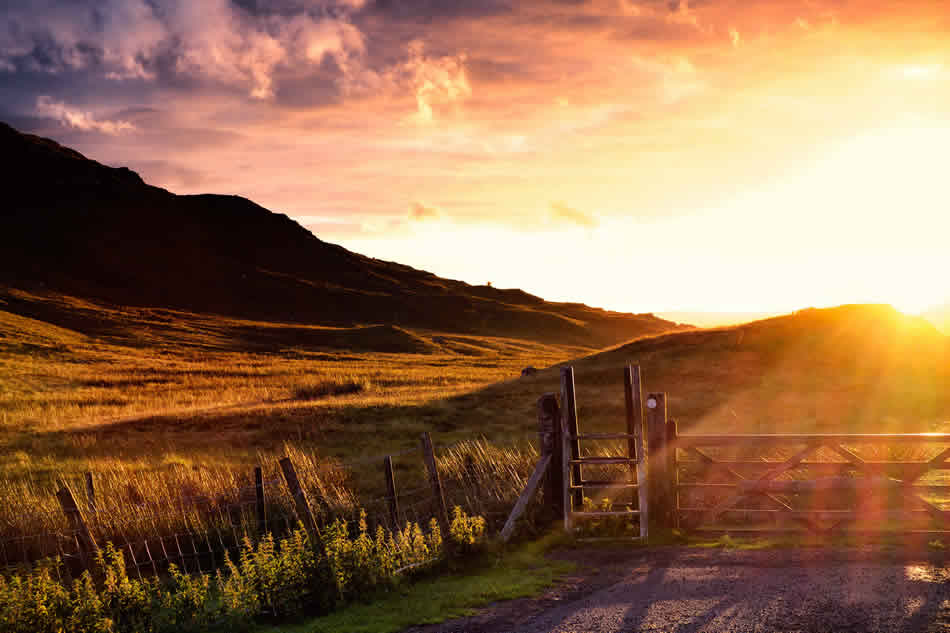
Plan Ahead
Nowadays there really is no excuse for bad planning. Thanks to the internet you have access to nearly all the information you could ever need. You can check out maps to plan the best route to access your chosen location – especially if you have picked a remote spot (the best points tend to be tricky to access).
You’ll be able to check the most up to date weather conditions to pick the best day for your shoot. Make sure to look up the times of sunrise and sunset so you can arrive in time to set up, you can even find sites and apps which will show you the direction and angle of the sun at any given date/time. Things certainly are a lot easier for us these days!
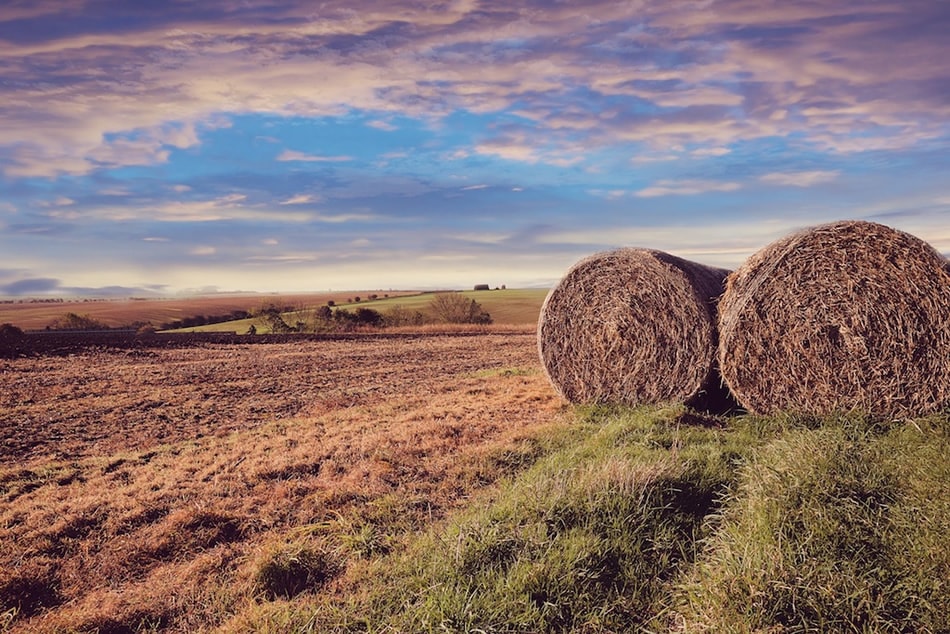
Even with all this planning you shouldn’t expect to show up and shoot – I always do a recce beforehand. You can work out your route, how far you will have to trog with your equipment etc. It’s a good idea to bear in mind that if you are attempting to capture sunrise you will be setting up in near darkness so having done your homework will make a big difference on the day!
Consider Your Kit
I love nothing better than photographing the awesome landscapes of rural Scotland, and Autumn and early Winter is my favourite time to shoot there because the colours can be so varied. Since I grew up in the city nearby to these locations I know the routes pretty well but it can be an actual hike from where I can park to my shoot location. The last thing you want is to get halfway up a hill or into a valley and feel you can’t carry on because your kit is too heavy.
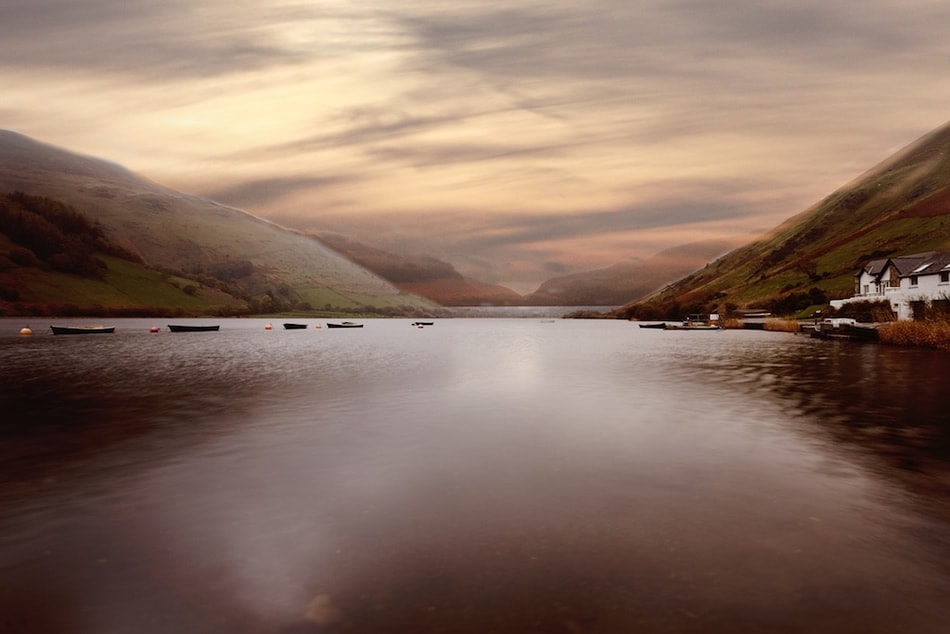
Firstly, stick to suitable clothing and be prepared for all weather conditions – even though you have definitely checked the forecast you may still be caught out and you don’t want to ruin any expensive tech – umbrellas and waterproofs should be at the ready. Anyone who has spent any time in Scotland will be well aware of the four seasons in one-day phenomenon!
You will need a tripod. There are so many on the market and this can be a bit baffling but this is one area where I would say you certainly get what you pay for. It may seem like a good deal at first but believe me, you do not want to trust that flimsy £20 tripod with your camera in a strong wind at the top of a mountain!
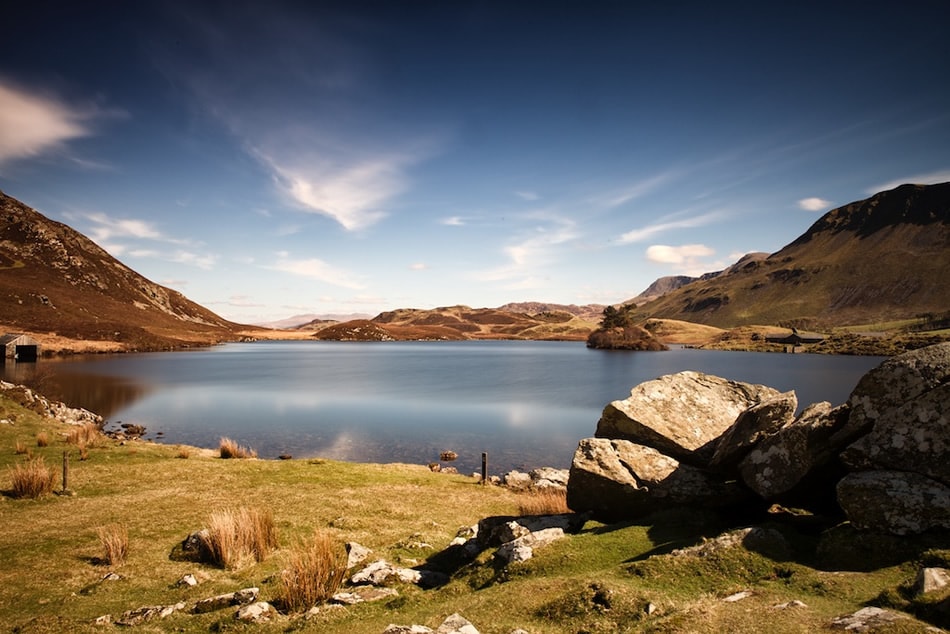
I also recommend a shutter release cable so that your cold/shaky/numb fingers won’t knock the camera and ruin your image when you’ve been waiting for two hours in the cold for that perfect light to appear. This however is one case where you can go with a generic, cheap version. There really isn’t any need to pay the big bucks here. The last pieces of kit I recommend are a thermos flask of hot coffee and a pair of fingerless gloves!
A Word About The Edit
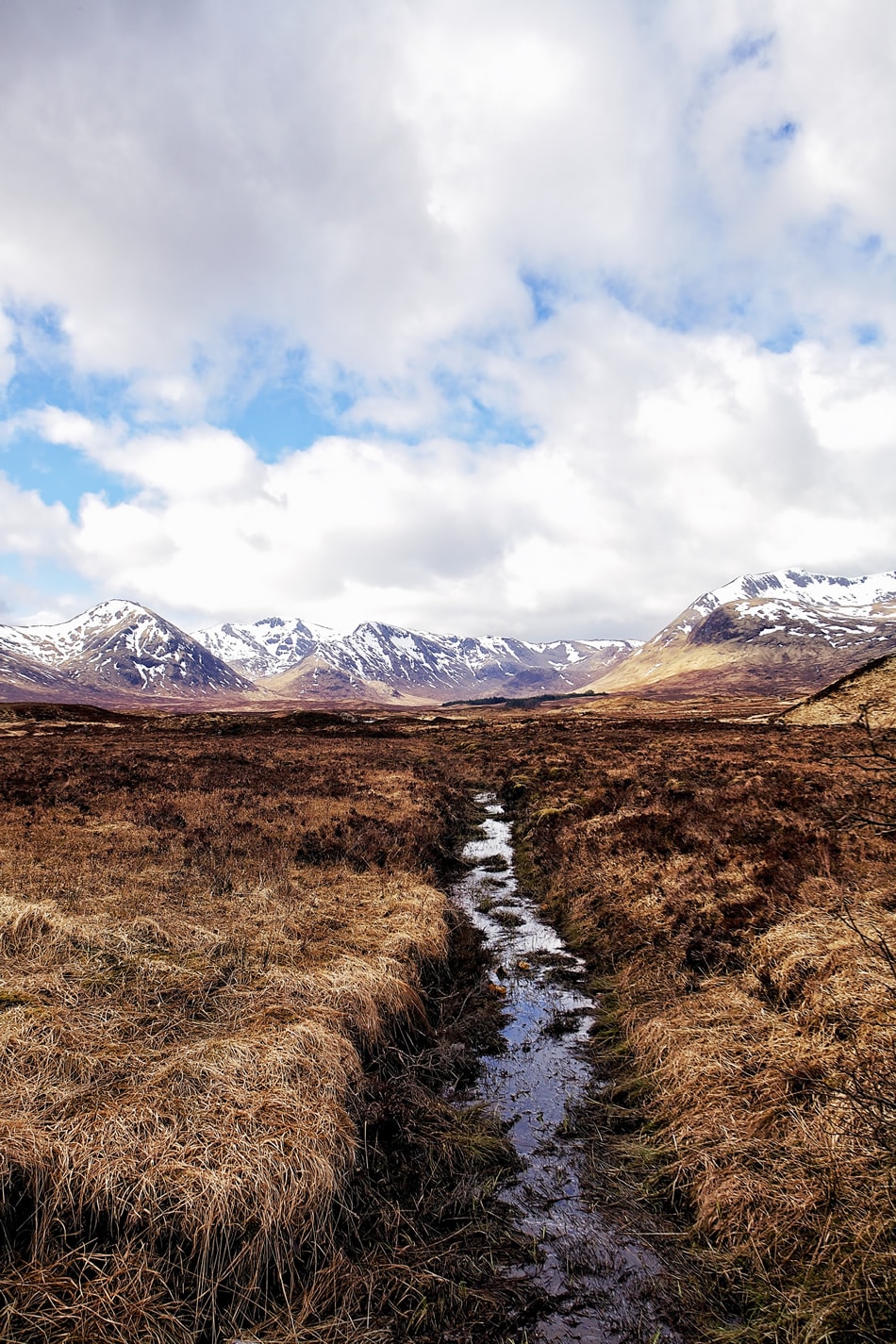
Photoshop can do a lot but I still love to use a glass filter when I’m out in the field. That being said, the edit can really elevate your shots. We’ve all seen those hyper-realistic HDR (high dynamic range) edits and they have their place but it you really want to capture true images then editing software should be one of the tools in your kit and not the one you rely on the most. The edit should enhance the beauty of the natural scene and not cover it up.
So there you have it – make your plan, get out into the field and practice, practice, practice! The world is a beautiful place just waiting to be captured!
